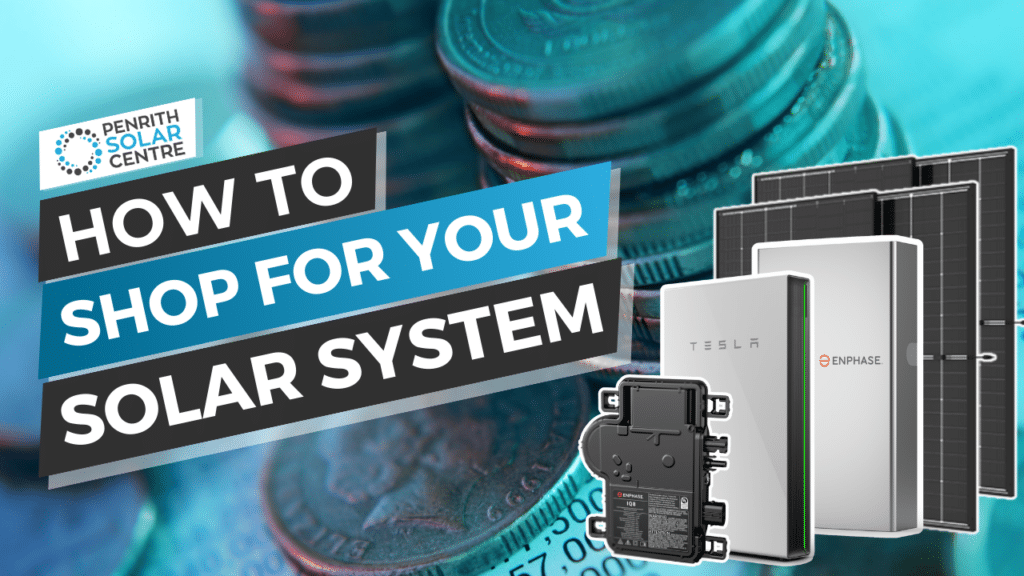
While shopping for solar systems, you’ve probably gotten bogged down in different reviews for products. Bloggers and experts alike have drawn lines in the sand: strings vs micros, n-panels vs p-panels, energy retailers vs energy distributors… and don’t forget about solar batteries. How do you choose the right equipment for your solar system with so many passionate arguments for or against every single product under the sun (see what I did there?)?
The good news is that when you choose the right installer, they will end up helping you make a lot of those choices for you. If they’re reputable and professional, they will guide you through those choices to help you understand the “what” and “why” of solar equipment.
At Penrith Solar Centre, we’ve spent years researching what we believe to be the best equipment for any solar system installed in the Sydney metro area. We limit our inventory, meaning we only stock the products we would use on our own homes. It’s taken time and testing to figure out what works best for solar installations, and in that process, we’ve learned how to prioritise choices for your solar equipment.
In this article, you will learn:
- How to Prioritise Shopping for Equipment
- Who is Going to Install Your System?
- What Type of Inverter (or Microinverter) Will You Need?
- Next On the List: A Solar Battery
- Don’t Worry About the Solar Panels
- The Solar Mounting System
By the end of this article, you’ll know what to look for in equipment, what questions to ask your installer about equipment, and why such considerations matter.
How to Prioritise Shopping for Equipment
There are several things that are very important when putting together the equipment shopping list for a solar system.
As mentioned in the introduction, your installer will work with you to determine what will work best for your unique energy needs.
Which is why solar installers are number one on our list of what to prioritise when shopping for solar components:
- Inverter (or Microinverter)
Who is Going to Install Your System?
The single most important consideration when pricing solar is figuring out who is going to install your system.
There are websites to research, reviews to read, and video content to give you familiarity with different installers. Of course, you can always make a call or fill out a contact form to get a quote.
The conversation should always start with figuring out what you need from a solar system. Well, what are your needs?
- What’s your daily schedule? Are you frequently at home in the middle of the day or do you get home at night and turn all the lights on? For most people in Sydney, you’ll use the most energy at night.
- What appliances do you use the most? Do you play marathon video games with your buddies online until three in the morning? Because that computer might eat a lot of power. Maybe you have a catering business you run out of the home and there’s a second refrigerator in the garage? Look at what appliances are on and how you’re using them.
- What season is it? Your heating and cooling needs will change with the weather. Summertime temperatures bring on air conditioning inside, just as heating the house is important in the winter. You’re probably going to need light after 4:30 PM in the winter too, just as you’ll be turning lights on later in the summertime.
The energy needs of most households are similar but never similar enough to paint a picture with a wide brush. Everyone is unique and your needs will be unique. If the solar installer you’re speaking with doesn’t assess your needs before beginning the sales process with you, you might want to look around a bit more until you find someone who does.
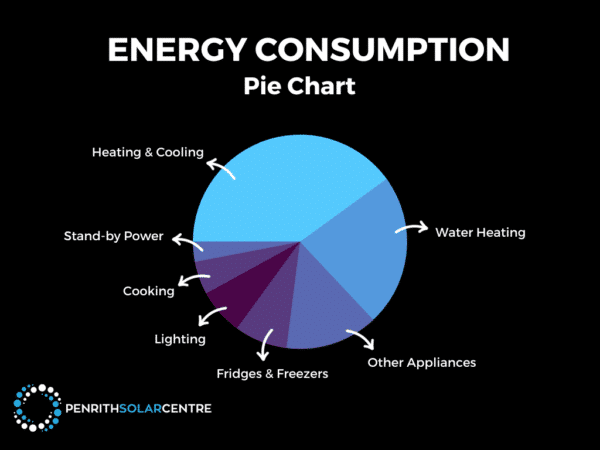
At Penrith Solar Centre, our sales team will start the conversation with you about your needs and limitations. If your needs are better met elsewhere, we know trustworthy companies to refer you to. Microinverter solar systems (what we install) aren’t always the best choice for everyone. Sometimes a string solar system is a better fit for a customer.
To learn more about the differences between microinverters and sting inverter solar systems, we recommend you read the following article titled, Microinverters vs. String Inverters: An Honest Comparison.
Quality installers will always consider your safety when assessing what to put on your roof and how to put it up there. Whoever you choose to install your solar, make sure they are Clean Energy Council certified. It’s a course an electrician takes so they can install solar systems.
Next, you’ll want to be certain that your installer will be with you for the long haul. This is important when it comes to service and warranties. Who’s going to look after you long-term? Are they Australian-owned? Are they local? Are they going to be there to stand the test of time? Will they warranty their workmanship? Will you be able to ring up the installer and speak to their service department? Or am I just going to be swamped by offshore call centres?
For a better understanding of whether you might want an in-house installer or a subcontractor, you might want to check out the following article titled, In-house Installers vs. Subcontractors: Which is Better?
What Type of Inverter (or Microinverter) Will You Need?
Once you’ve found an installer you’d like to work with, you will need to discuss the first and most important piece of equipment in your solar system: the inverter (or microinverter)
The inverter is your biggest point of safety in your inverter (or microinverter) solar setup. The inverter (or microinverter) converts solar power from direct current (DC) to alternating current (AC). The home runs on AC, and panels output DC. DC electricity is much more dangerous than AC electricity.
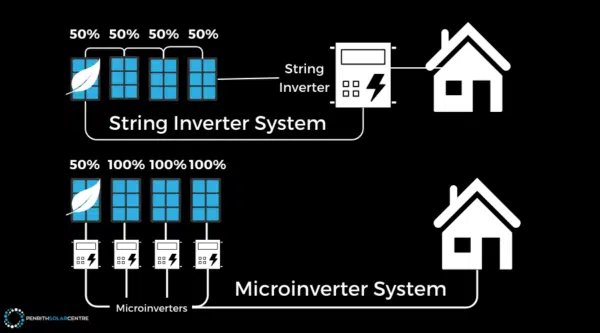
The inverter (or microinverter) is also the very platform that your home energy management system is going to be built on. Solar panels don’t have home energy management systems. They don’t have apps. But the inverters (or microinverters) do.
Whether it’s a sting inverter system or a microinverter system, this equipment will come with a consumption monitoring program for you to keep track of your energy efficiency. It’s usually an easy-to-use app on your smartphone, but there are also sometimes web browser versions as well.
Consumption monitoring will show you how your solar system responds to your energy needs. It keeps track of what’s being output from the roof and where it goes after that – your home or back to the grid for a feed-in tariff.
For these reasons, the inverter (or microinverter) is an important component in assembling your solar system.
Next On the List: A Solar Battery
Solar batteries are not the most important part of the solar system, and in many cases they are optional. Adding one to your solar system will increase the payback period of your system because they’re an additional expense. However, they can be an important part of your system – still more important than the solar panels.
Like so many things in the solar industry, the answer to the question of “Do you need a solar battery?” is this: it depends.
A solar battery will provide energy independence for your home, lower your electric bills, and upgrade your solar system. It all depends on your needs and your energy goals for the future.
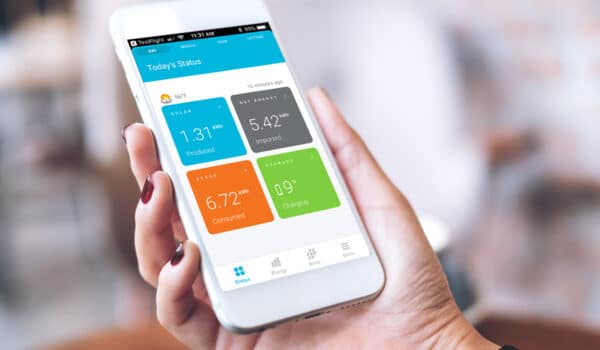
Solar batteries are programmed with consumption monitoring software to track your system’s energy storage. It works with the monitoring app on your phone to keep you updated on when electricity is being used or not used.
That consumption monitoring will help you optimise energy consumption during peak demand hours. If you’ve stored energy in your solar battery, you won’t have to buy electricity from the grid when electricity demand is high; at nighttime when the sun has set.
With backup power in a solar battery, you’ll have electricity during blackouts. Essential appliances and medical equipment can keep operating, and cell phones can remain charged. You’ll have greater security over your energy consumption.
You might want one, you might not. It will contribute to extending the payback period for your solar system, but the long-term advantages and savings might be what you’re interested in securing.
If you’re interested in learning more about solar batteries, you might want to check out the following article titled, Enphase IQ Battery 5P vs Tesla Powerwall 2: Which is Right for You?
Talk to an Expert About Solar Batteries
Don’t Worry About the Solar Panels
The solar panels are almost the least important priority of your solar system. Obviously, they are necessary, but spending an arm and a leg on the most expensive panels is not the best investment in our humble opinion.
There’s very little difference between the efficiencies of different panels from multiple price brackets. The gap has closed between what we would call cheaper panels versus more expensive panels.
Why is this?
Well, the technology for solar panels has become exponentially commonplace since they became fixtures on roofs nationwide. Solar panels — as we know them – are not going to get much more efficient than they currently are.
Solar panels are usually around 1.8 meters tall by 1.0 meters wide. The efficiency is measured in output per square inch. How much electricity will a panel harvest without taking up too much roof real estate?
Manufacturers of solar panels are not likely to expand beyond the 66-cell format, otherwise, the panels would become a bit too big and cumbersome to install. A difficult install leads to additional days which affects the cost of labour which affects your return on investment as that price increases.
Solar technology might change into another form of harvesting sunlight to make electricity, but for now, solar panels are close to their maximum ability for collecting and transferring sunlight.
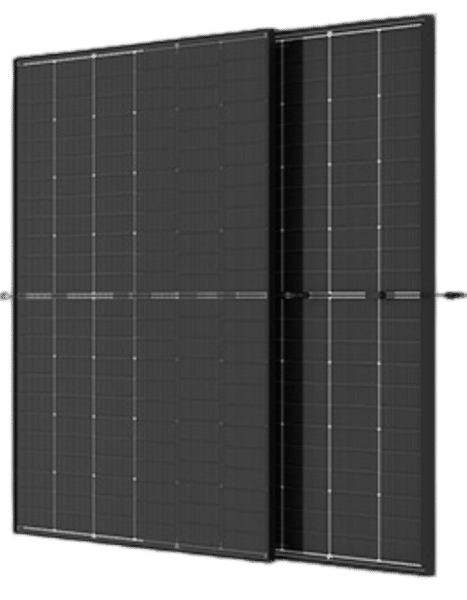
At Penrith Solar Centre, we use Trina Solar Vertex S+ solar panels for a variety of reasons. The highest priority we have for our customers is a matrix of efficiency, cost, and warranty. Because solar panels are all getting remarkably efficient, and because the cost keeps decreasing as technology becomes more affordable, we really focus in on what company stands behind their warranty.
Trina is among the best. They have a 25-year warranty on their product. They also have offices in Australia, which makes fulfilling the warranty with them so much easier than negotiating with an overseas company. They are as efficient as any other panel in their class, and they don’t cost as much as other panels with similar warranties and efficiencies.
For more information on solar panels, you might want to check out the following article titled, Why We Install Trina Vertex S+ Solar Panels.
The Solar Mounting System
The solar mounting system consists of several metal parts, each is important in ensuring the stability and functionality of your solar panel setup.
When you look at solar panels on a roof, you only see the panels. They are securely attached to the roof by a metal frame underneath them. That metal framework is made up of multiple components that are assembled together to form the solar mounting system.
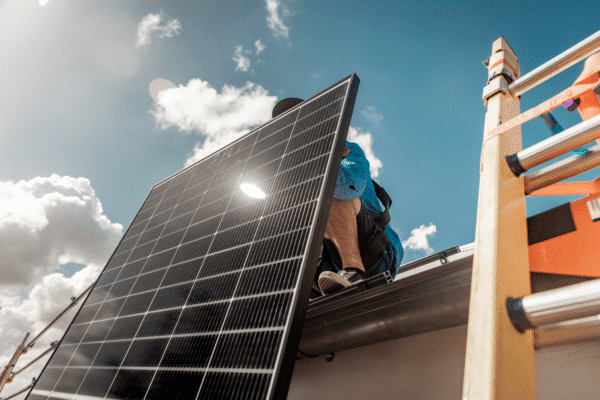
We prefer Schletter solar mounting systems for a few reasons. They have one of the best warranties in the business for their product. It covers 25 years, and their product is guaranteed in extreme weather conditions.
Their mounting systems are also primarily aluminium, offering lightweight durability that’s resistant to corrosion. The all-black anodised treatment protects the aluminium from the elements better than the silver-exposed products of their competitors.
Solar System Choices for Your Future
Now you’ve read about how to organise your shopping list for solar system components, you’ll be better equipped to thoroughly discuss their intricacies with your preferred solar installer. That installer is your most important decision that informs the rest of your shopping list. Next is the inverter (or microinverter), then the battery, then the panels, and finally, the solar mounting system. All work together to form your solar solution.
At Penrith Solar Centre, we’re dedicated to educating solar enthusiasts regardless of where they are on their solar journey. You might not want to work with us, but we do want you to invest in solar. The best way to ensure that is by offering information about the ins and outs of the solar industry.
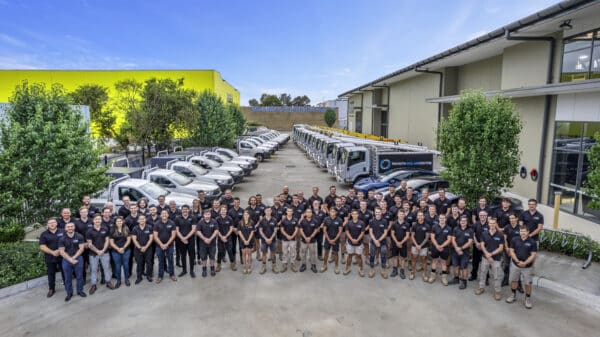
If you’re interested in learning more about the installation process for solar systems, particularly the financial aspects of investing in them, you might want to read the following article titled, How Does the Solar Rebate Work?









